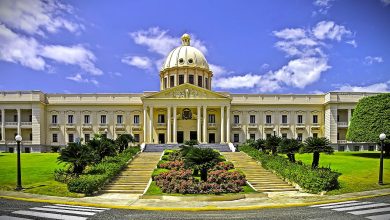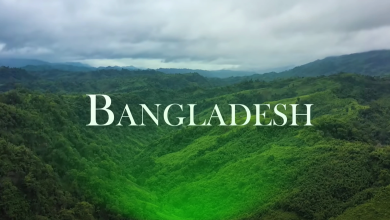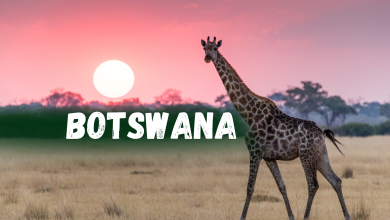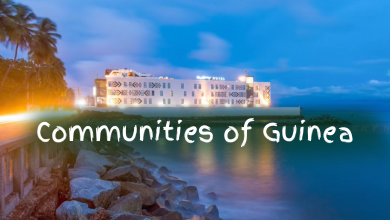Communities of Iceland: Discover Unique Local Cultures
Iceland is a beautiful country in the North Atlantic Ocean. It is famous for its stunning landscapes and rich culture. The communities of Iceland are unique and special. In this article, we will explore different communities in Iceland.
Reykjavik: The Capital City
Reykjavik is the capital and largest city of Iceland. It is home to more than 120,000 people. The city is known for its vibrant culture and modern lifestyle. Reykjavik has many museums, art galleries, and restaurants. It is a hub for Icelandic music and arts. The city also hosts many festivals throughout the year. People in Reykjavik are friendly and welcoming.
Akureyri: The Capital of the North
Akureyri is the second-largest city in Iceland. It is located in the northern part of the country. The city has a population of about 18,000 people. Akureyri is known for its beautiful fjords and mountains. It is a popular destination for skiing and snowboarding. The city also has a rich cultural scene. There are many theaters, museums, and cafes in Akureyri. The people here are known for their hospitality.
Hafnarfjordur: The Town of Elves
Hafnarfjordur is a town located near Reykjavik. It has a population of about 29,000 people. The town is famous for its belief in elves and hidden people. Many people in Hafnarfjordur believe that elves live in the rocks and hills. The town even has special elf tours for visitors. Hafnarfjordur is also known for its Viking history. The town hosts an annual Viking festival. People in Hafnarfjordur are proud of their traditions.
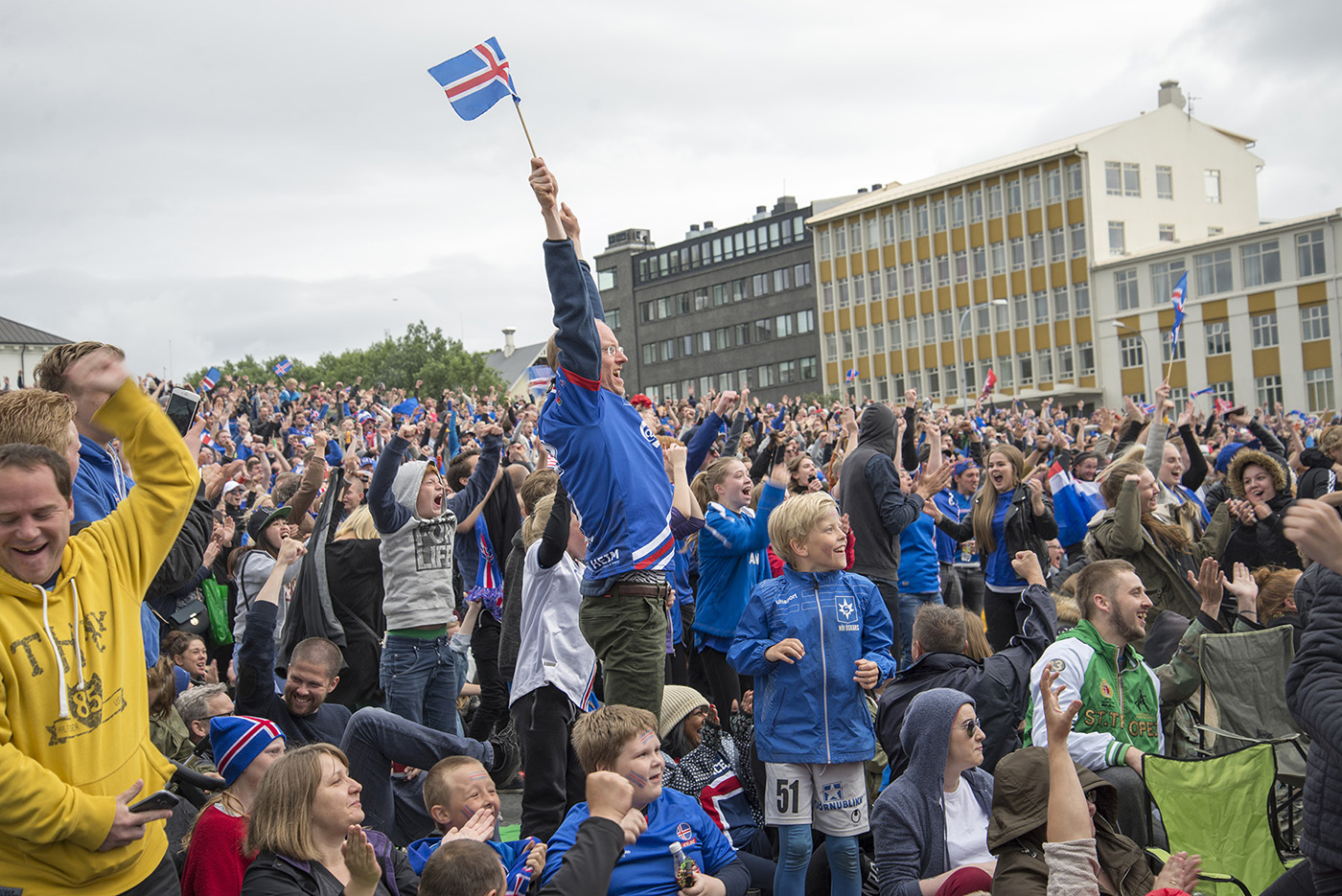
Credit: skift.com
Isafjordur: The Heart of the Westfjords
Isafjordur is a small town in the Westfjords region. It has a population of about 2,600 people. The town is surrounded by stunning fjords and mountains. Isafjordur is known for its fishing industry. Many people in the town work as fishermen. The town also has a rich cultural heritage. There are many old wooden houses and churches in Isafjordur. The people here are known for their resilience and strong community spirit.

Credit: www.researchgate.net
Egilsstadir: The Gateway to the East
Egilsstadir is a town located in the eastern part of Iceland. It has a population of about 2,500 people. The town is known for its beautiful landscapes and outdoor activities. Egilsstadir is a popular destination for hiking and fishing. The town also has a rich history. There are many ancient ruins and artifacts in the area. People in Egilsstadir are known for their love of nature.
Vestmannaeyjar: The Westman Islands
Vestmannaeyjar is a group of islands off the south coast of Iceland. The largest island is Heimaey, which has a population of about 4,200 people. The islands are known for their volcanic activity. In 1973, a volcanic eruption destroyed many homes on Heimaey. The people of Vestmannaeyjar are known for their resilience and strength. The islands are also famous for their birdlife. Many puffins and other seabirds nest on the islands.
Seydisfjordur: The Artistic Town
Seydisfjordur is a small town in the eastern part of Iceland. It has a population of about 700 people. The town is known for its artistic community. Many artists and musicians live in Seydisfjordur. The town has many art galleries and studios. Seydisfjordur is also known for its beautiful fjord and mountains. The people here are known for their creativity and love of art.
Learn more about different communities at www.ccnworlds.com/category/world-community.
Husavik: The Whale Watching Capital
Husavik is a town located in the northern part of Iceland. It has a population of about 2,300 people. The town is famous for its whale watching tours. Many different types of whales can be seen in the waters around Husavik. The town also has a rich history. There are many old buildings and museums in Husavik. The people here are known for their love of the sea.
Siglufjordur: The Herring Town
Siglufjordur is a small town in the northern part of Iceland. It has a population of about 1,200 people. The town is known for its herring fishing industry. In the early 20th century, Siglufjordur was the center of Iceland’s herring industry. The town has a rich cultural heritage. There are many old buildings and museums in Siglufjordur. The people here are known for their hard work and strong community spirit.
Borgarnes: The Historical Town
Borgarnes is a town located in the western part of Iceland. It has a population of about 2,000 people. The town is known for its rich history. Borgarnes is home to the Settlement Center, which tells the story of Iceland’s early settlers. The town also has beautiful landscapes and outdoor activities. People in Borgarnes are known for their love of history and nature.
Selfoss: The Growing Town
Selfoss is a town located in the southern part of Iceland. It has a population of about 7,000 people. The town is known for its rapid growth and development. Selfoss has many modern amenities and services. The town is also a hub for agriculture. Many people in Selfoss work in farming. The people here are known for their hard work and community spirit.
Frequently Asked Questions
What Are The Largest Communities In Iceland?
The largest communities in Iceland include Reykjavik, Akureyri, and Hafnarfjordur. Learn about different communities at www. ccnworlds. com/category/world-community.
How Many People Live In Reykjavik?
Reykjavik, the capital city, has around 130,000 residents. Learn about different communities at www. ccnworlds. com/category/world-community.
What Is The Population Of Akureyri?
Akureyri has a population of approximately 19,000 people. Learn about different communities at www. ccnworlds. com/category/world-community.
Are There Any Coastal Communities?
Yes, many Icelandic communities, like Reykjavik and Hafnarfjordur, are coastal. Learn about different communities at www. ccnworlds. com/category/world-community.
Conclusion
Iceland is home to many unique and special communities. Each community has its own culture, traditions, and lifestyle. From the capital city of Reykjavik to the small town of Seydisfjordur, the people of Iceland are known for their hospitality, resilience, and love of nature. Exploring these communities gives a deeper understanding of Iceland’s rich heritage.

